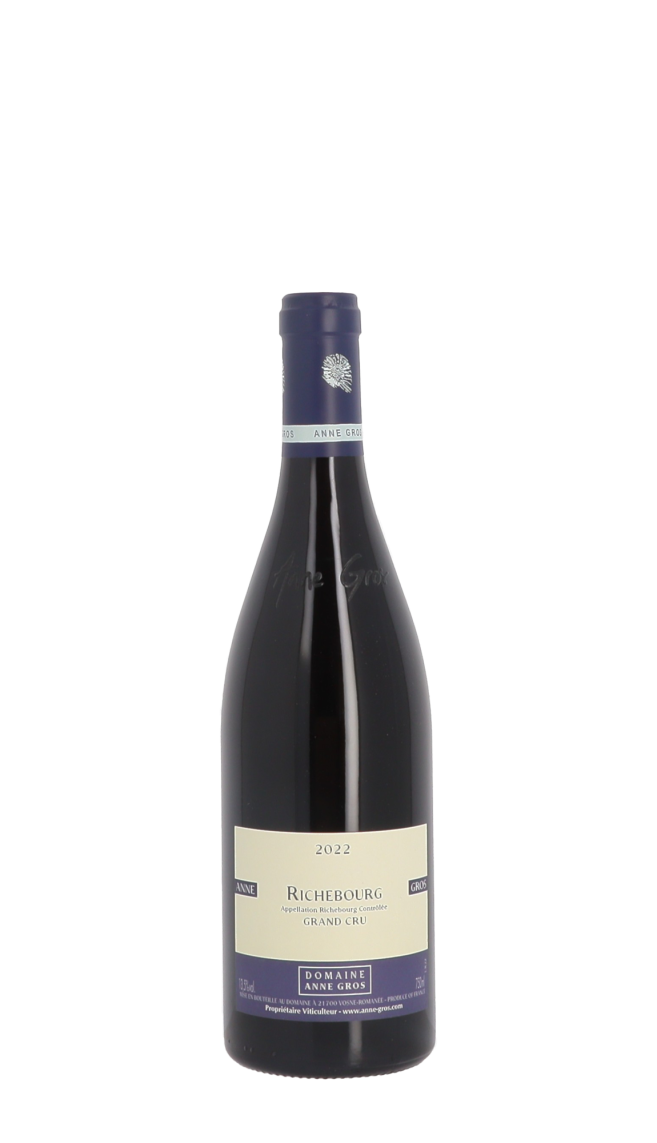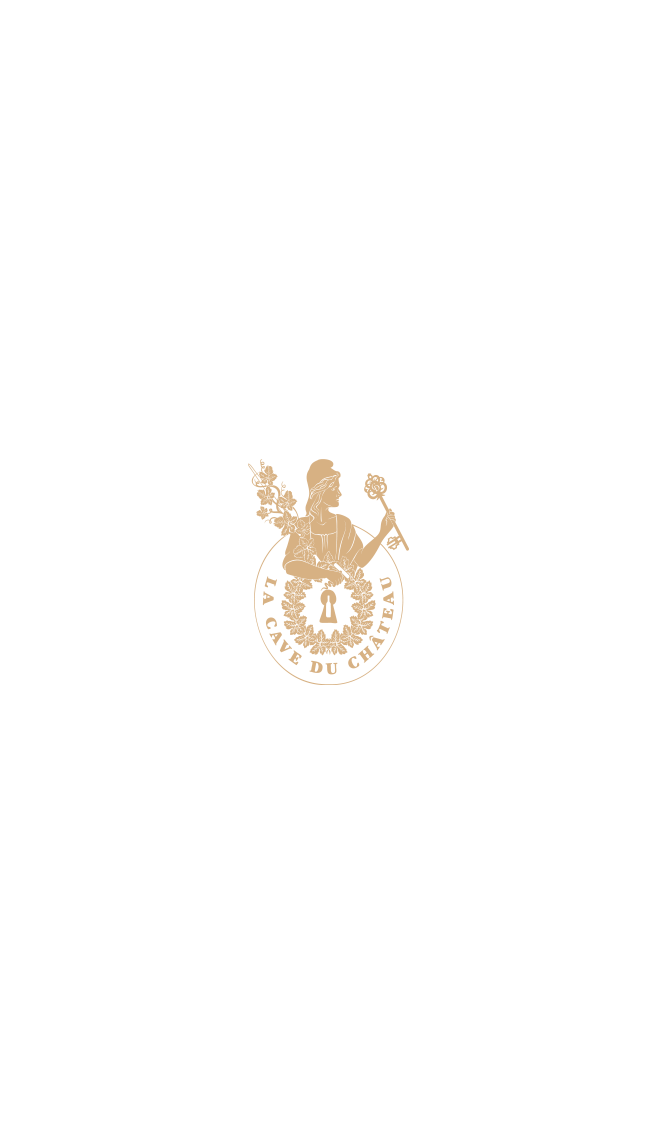The Anne Gros estate stands as a leading figure in modern Burgundy, blending a centuries-old family legacy with a relentless quest for excellence and innovation. The history of the estate is inseparable from that of the Gros family, whose name has been deeply rooted in the village of Vosne-Romanée since the 19th century. The family line, divided among the fourth-generation siblings, gave rise to four distinct entities: Domaine Anne Gros, Domaine Michel Gros, Domaine A.-F. Gros, and Domaine Gros Frère & Sœur. While each cultivates its own unique style, it was Anne Gros who, in 1988, took up the torch of her father's estate, François, after leaving her art studies to train in viticulture and enology in Beaune and Dijon. In 1995, the estate was renamed Anne Gros, marking a new era under her exclusive direction.
The philosophy of Domaine Anne Gros is based on a subtle and thoughtful balance. Her credo, "respect for tradition and the desire to innovate," guides every decision, from the vineyard to the cellar. This approach is built on a fundamental belief: that wine is born in the vineyard, with the cellar serving merely as its birthplace. This conviction that the terroir is the soul of the wine translates into meticulous attention at every stage of production, favoring gentle intervention to allow the nature of the soil and the grape to express themselves fully.
The estate practices sustainable agriculture with a particular focus on respecting the terroir's biodiversity. According to Anne, this approach is the key to creating "subtle, harmonious, and elegant" wines. The harvest is always done by hand, ensuring that only grapes at optimal ripeness are selected. This rigor in the vineyard, including strict yield control and meticulous sorting, is seen as the sine qua non condition for obtaining wines of great vibrancy and persistence, which do not rely on concentration techniques or other artifices to acquire their complexity.
The winemaking at Domaine Anne Gros reflects this philosophy of non-interventionism and respect for authenticity. For red wines, the grapes are fully destemmed, a winemaking method known as "Burgundian," and fermentation takes place in temperature-controlled stainless steel vats for 10 to 20 days, depending on the vintage. The extraction work is meticulously adapted, with manual and regular pigeage (punching down of the cap) and remontage (pumping over). The aging process is done by gravity and lasts 14 months in the cool, dark cellar before bottling.
For all its red Burgundy wines, the estate now uses one-third new barrels, one-third one-year-old barrels, and one-third two-year-old barrels. This proportion, less pronounced than the old protocol of 80% new wood for the Grands Crus, demonstrates a constant desire to adapt practices to achieve the purest expression of the fruit.
For the white wines (Chardonnay), the grapes are immediately pressed, and the must is kept cold for settling (débourbage). Fermentation begins in stainless steel tanks and continues in barrels for several weeks in the cellar.
Domaine Anne Gros covers a total area of 6.5 hectares, with 5 hectares dedicated to red wines (Pinot Noir) and 1.5 hectares to white wines (Chardonnay). The estate owns parcels in nine appellations, ranging from generic Bourgognes to the most illustrious Grands Crus, each one expressing the uniqueness of its terroir.

![]()
![]()
![]()
![]()


